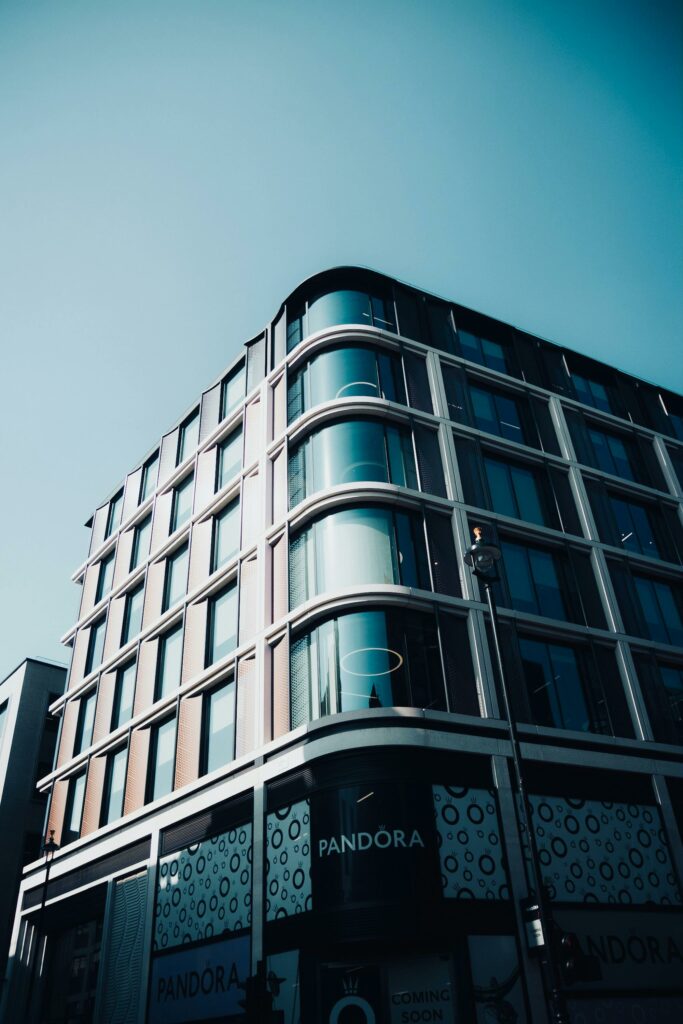Jewelry brands face the challenge of staying relevant without saturating the market, especially in a world where consumer preferences are constantly shifting, especially with the threat of “collector fatigue”. For Pandora, a brand once heavily reliant on its iconic charm bracelets, this has meant redefining its identity. The evolution is not just a response to internal limitations but also a reflection of larger market trends impacting the jewelry sector.
Pandora’s charm bracelets—allowing users to build personalized collections—have been central to its success. Yet, the risk of novelty wearing off looms over any product. Recognizing this, Pandora’s leadership has expanded its product offerings to maintain customer engagement.
Recent data supports these efforts. According to Pandora’s Q2 2024 results, the company achieved 15% organic growth. But with an increasingly competitive market, the question remains: Can Pandora sustain this momentum? A key factor will be its ability to innovate while staying true to its core identity.

Pandora isn’t alone in its quest for relevance. Swarovski, another major player in affordable luxury jewelry, has also made moves to appeal to modern consumers by enhancing its product lineup and emphasizing its legacy of crystal craftsmanship.
In 2023, Swarovski posted a 4% growth to €1.83 billion and a like-for-like increase of 10%, even as the luxury market faced slowing growth. Like Pandora, Swarovski has managed to balance its heritage with contemporary designs, making it a formidable competitor.
One of Pandora’s key strategies to combat market saturation is its partnership with Disney. This collaboration has extended beyond product launches to include sponsorships and exclusive offerings in Disney parks, helping Pandora connect with Disney’s vast fanbase.
While this has undoubtedly sparked interest, questions remain about the longevity of such collaborations. Can Pandora rely on Disney’s brand equity, or will it need to forge new partnerships to maintain consumer engagement?
Enhancing the in-store experience
Pandora’s efforts to elevate its retail spaces, turning them into luxurious boutique-style environments, are part of its strategy to increase the perceived value of its products. This approach culminated in the opening of Pandora’s largest flagship store in Copenhagen.
Swarovski, too, has invested in upgrading its retail presence, integrating both digital and physical elements to create an immersive, omnichannel shopping experience. By blending tradition with modernity, both brands are seeking to enhance customer loyalty.
Pandora has also tapped into the scarcity model by releasing limited-edition items. This strategy has proven effective in driving short-term sales, but there’s a risk. Over-reliance on exclusivity could lead to consumer fatigue, especially if the market becomes saturated with “exclusive” items.
Swarovski has similarly embraced limited editions but has focused on high-profile collaborations with luxury fashion brands. These partnerships not only appeal to Swarovski’s loyal customer base but also attract new, fashion-forward consumers.
In a bold move, Pandora has ventured into higher price points with its lab-grown diamond collection, aimed at elevating the brand’s reputation. However, Pandora faces stiff competition in this space, with iconic names like Cartier and Tiffany & Co. dominating the fine jewelry market. To succeed, Pandora must convince consumers that its lab-grown diamonds are equally desirable—and sustainable—alternatives to natural diamonds.

The jewelry industry is evolving, driven by technological advancements, intensifying competition, and shifting consumer preferences. Pandora and Swarovski are both adapting, but their strategies differ. Pandora is pushing boundaries, diversifying its product lines, and targeting higher price points, while Swarovski is refining its existing strengths and exploring new collaborations.
Both approaches have merit, but only time will tell which will ultimately prove more successful. One thing is clear: standing still is not an option in today’s rapidly changing jewelry market. Brands must continually adapt, whether through product innovation, retail enhancements, or strategic partnerships, to meet evolving consumer demands.
Sailing towards a bright future
As of Q3 2024, Pandora continues to perform well, with like-for-like growth in the mid-single digits. “Despite general consumer spending being somewhat sluggish, our strategy continues to take Pandora to new heights,” said Alexander Lacik, President and CEO of Pandora. “Our results demonstrate that consumers are pleased with what they see, and we have effectively begun the process of establishing Pandora as a comprehensive jewelry brand. We are optimistic about the second half of 2024 and have raised our revenue projection once again due to our excellent performance.”
For both Pandora and Swarovski, the key to future success lies in maintaining a delicate balance between innovation, brand integrity, and strategic agility in an increasingly competitive market.
(Tashia Bernardus)
